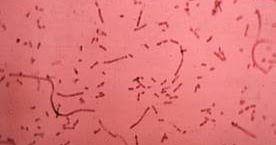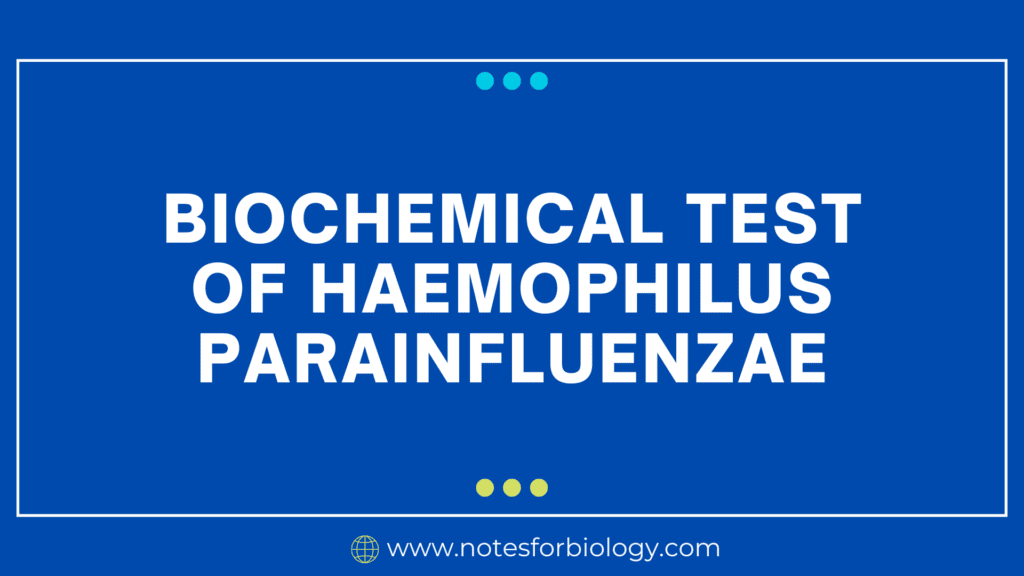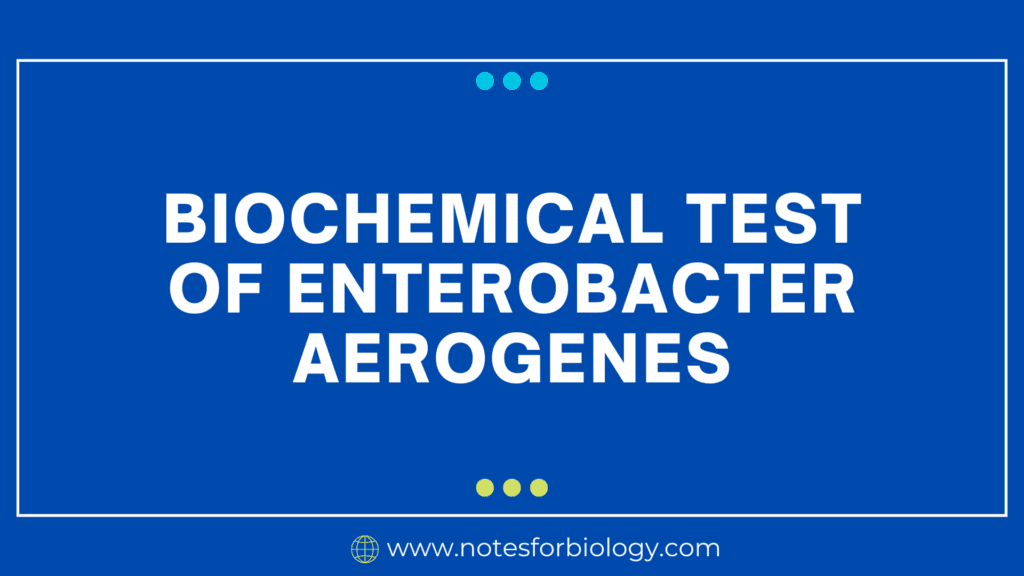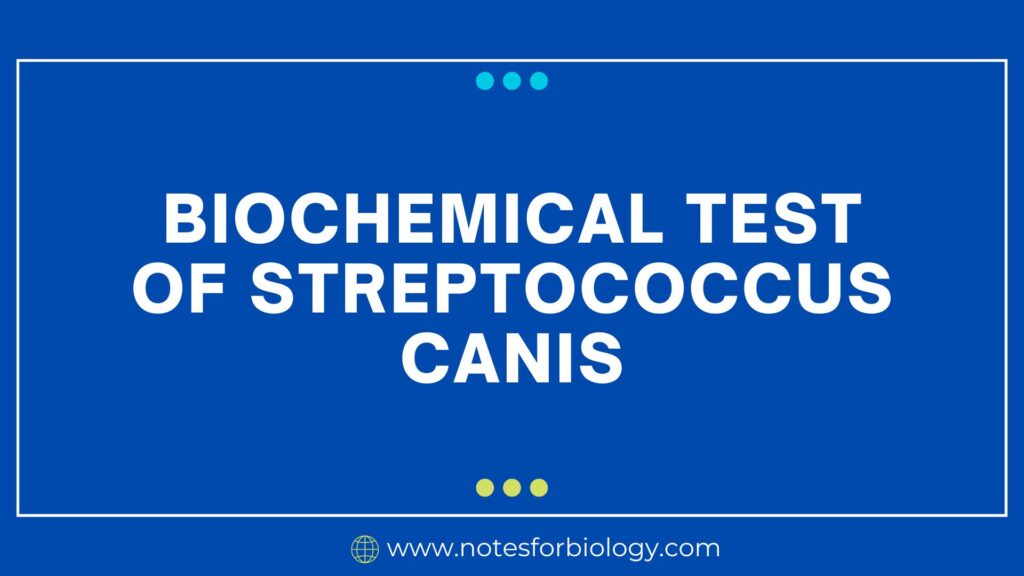Haemophilus parainfluenzae is a pleomorphic rod that is positive for both catalase and oxidase and is Gram-negative. For growth, it needs V factor (NAD), but not X factor (hemin). On horse blood agar, it ferments glucose and sucrose but not lactose, lowers nitrate, and is non-hemolytic. When it comes to indole synthesis, the organism often tests negative; nevertheless, the results for urease vary. It also tests positive for the enzyme ornithine decarboxylase. Haemophilus parainfluenzae can be distinguished from other Haemophilus species and similar bacteria thanks to their biochemical traits

Table of Contents
Definition of Haemophilus parainfluenzae
Haemophilus parainfluenzae is a Gram-negative, pleomorphic, facultatively anaerobic bacterium belonging to the family Pasteurellaceae. It is part of the normal flora of the upper respiratory tract in humans. While usually non-pathogenic, it can opportunistically cause infections such as sinusitis, otitis media, pneumonia, and bacteremia, particularly in immunocompromised individuals or those with underlying conditions. Haemophilus parainfluenzae is distinguished by its requirement for nicotinamide adenine dinucleotide (NAD) but not hemin (X factor) for growth, and it is characterized by specific biochemical reactions, including positive oxidase and catalase tests, as well as fermentation of glucose and sucrose with acid production.
Biochemical Test of Haemophilus parainfluenzae
Gram Staining
Its outcome is negative. It appears as small, pleomorphic rods under the microscope, often in pairs or short chains
Oxidase Test
Its outcome is positive.It produces cytochrome oxidase, which reacts with the oxidase reagent to turn purple.
Catalase Test
Its outcome is positive. It produces the enzyme catalase, which breaks down hydrogen peroxide into water and oxygen, producing bubbles.
X and V Factor Requirement
It requires only V factor (NAD) and does not require X factor (hemin) but requires V factor (nicotinamide adenine dinucleotide) for growth. This can be demonstrated by growth on chocolate agar or supplemented media providing V factor.
Hemolysis on Horse Blood Agar
Its outcome is negative (Non-hemolyti). It does not cause hemolysis on horse blood agar.
Urease Test
Its outcome is variable (can be positive or negative). The ability to hydrolyze urea to ammonia and carbon dioxide varies among strains of Haemophilus parainfluenzae.
Indole Production Test
Its outcome is negative. It does not produce indole from tryptophan.
Nitrate Reduction Test
Its outcome is positive. It can reduce nitrate to nitrite, indicating the presence of nitrate reductase.
Fermentation of Carbohydrates
Its outcome is positive. It ferments glucose with acid production.
Sucrose Fermentation
Its outcome is positive. It ferments sucrose with acid production.
Lactose Fermentation
Its outcome is negative. It does not ferment lactose.
Ornithine Decarboxylase Test
Its outcome is positive. It produces the enzyme ornithine decarboxylase, which decarboxylates ornithine to putrescine, resulting in an alkaline reaction.
Enzymatic Reactions
| Alkaline Phosphatase | Positive (+ve) |
| Arginine Dihydrolase | Negative (-ve) |
| Esculin Hydrolysis | Negative (-ve) |
| Fucosidase | Negative (-ve) |
| IgA1 protease | Negative (-ve) |
| Lysine decarboxylase | Variable |
| ONPG (β-galactosidase) | Variable |
| Ornithine Decarboxylase | Variable |
Frequently Asked Questions
Why are biochemical tests important for identifying Haemophilus parainfluenzae?
Biochemical tests are essential for accurately identifying Haemophilus parainfluenzae and distinguishing it from other similar bacteria, particularly other Haemophilus species.
What does a positive oxidase test indicate in Haemophilus parainfluenzae?
A positive oxidase test indicates that Haemophilus parainfluenzae produces cytochrome oxidase, which reacts with the oxidase reagent to turn purple.
How is the catalase test performed and what does a positive result mean?
The catalase test is performed by adding hydrogen peroxide to a bacterial culture. A positive result, indicated by bubbling, means the bacterium produces the enzyme catalase, which breaks down hydrogen peroxide into water and oxygen.
Related Articles



